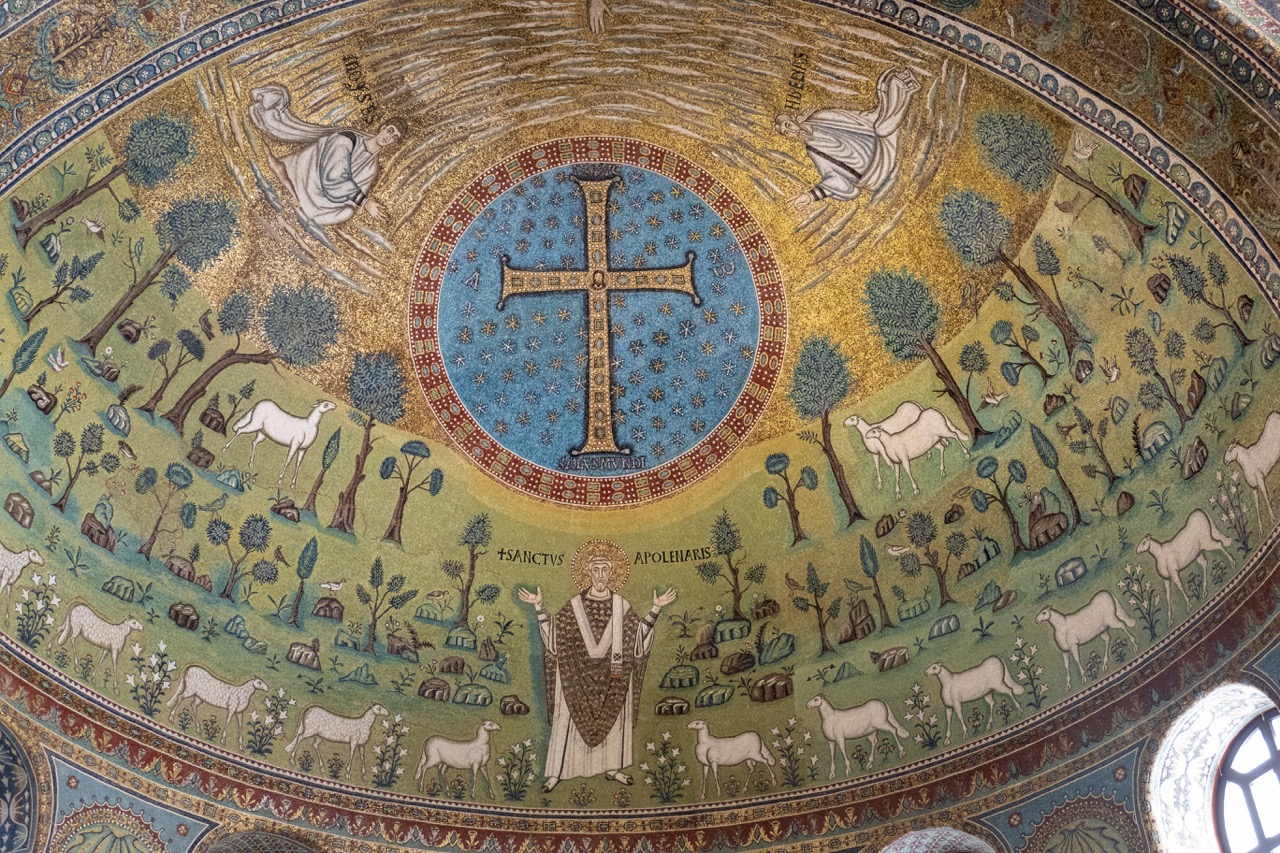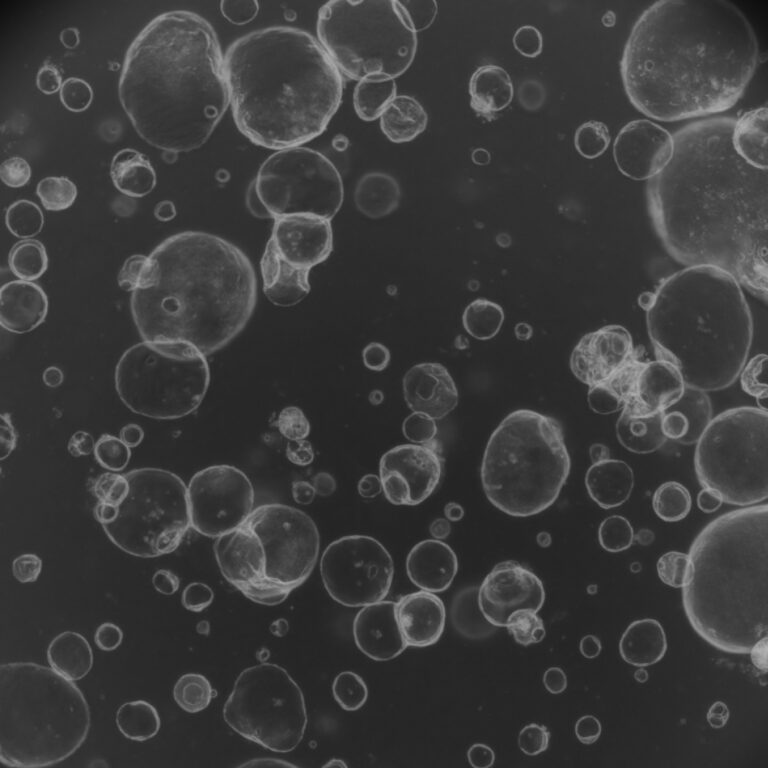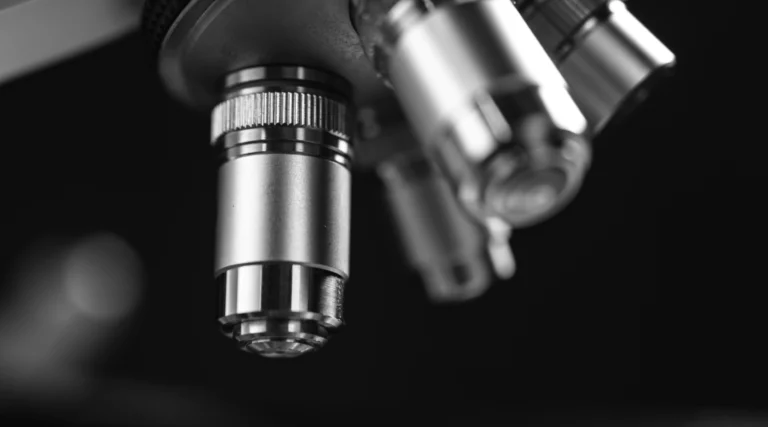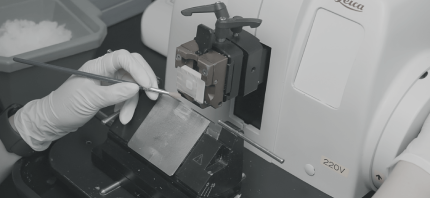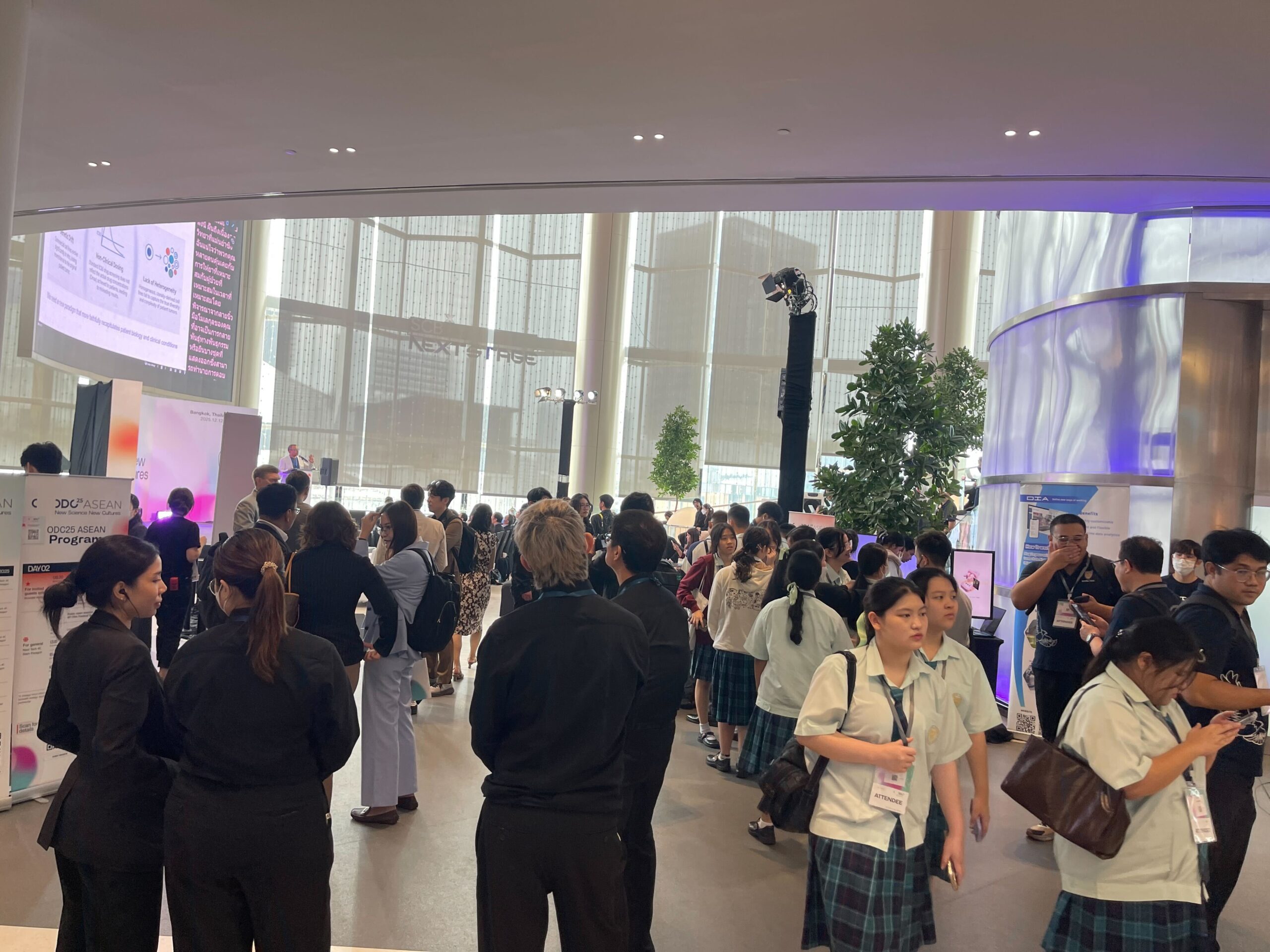Bridging art and neuroscience, recent breakthroughs in stem cell therapy echo the meticulous restoration of ancient mosaics, offering new possibilities for treating degenerative brain diseases.
The mosaics of San Vitale Basilica in Ravenna, Italy, dazzle with their vibrant interplay of colors and geometry, each fragment contributing to a grand design. Similarly, our brains weave memories from fragments of sensory experiences, creating cohesive narratives. This artistic parallel finds a scientific echo in groundbreaking research from Orly Lazarov’s team at the University of Illinois College of Medicine, which explores regenerative therapies for degenerative brain diseases.
In their 2022 study, Lazarov’s team successfully utilized mesenchymal stem cells to regenerate damaged neurons in brain tissue. The research demonstrated significant improvements in memory and cognitive function in models of degenerative brain conditions. This process is reminiscent of rearranging broken mosaic tiles to restore a masterpiece, showing that even fragmented neural connections can be rebuilt into functional networks. The implications are profound. With over 50 million people worldwide suffering from Alzheimer’s and other dementias, this discovery offers new hope for preserving memory and identity. Beyond restoring neurons, this technique has the potential to help individuals reclaim their sense of self and humanity, providing a breakthrough in therapeutic care. Art and science together offer a powerful lesson: even when fragments seem irreparable, reconnection and harmony can create beauty and functionality. This truth is as evident in the mosaics of Ravenna as it is in the intricate neural circuits of the human brain.
